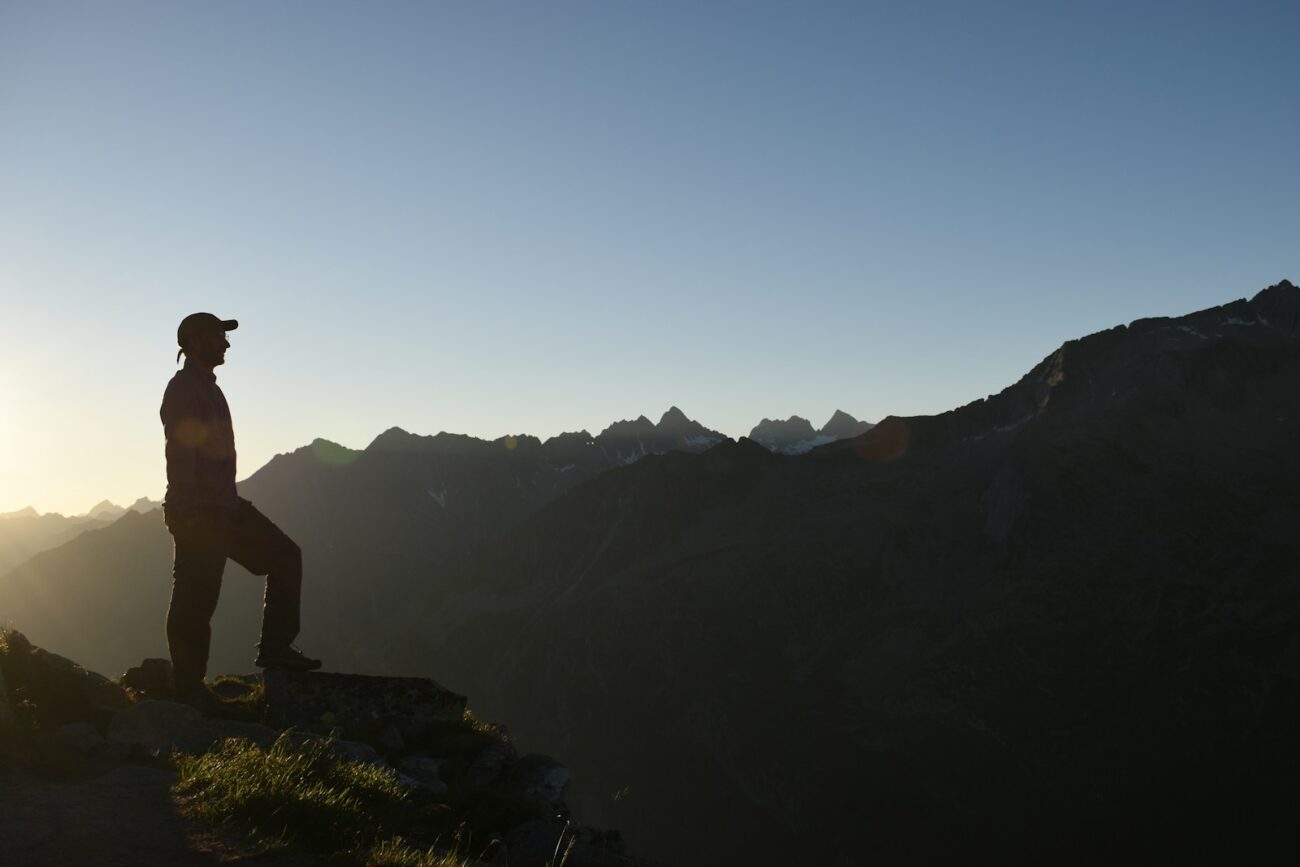The allure of dramatic landscapes, challenging terrain, and breathtaking vistas draws hikers from across America to explore the world’s most magnificent trails. From the mist-shrouded peaks of the Andes to the ancient pathways of Europe and the rugged wilderness of New Zealand, these fifteen iconic hikes represent the pinnacle of outdoor adventure. Each trail offers not just a physical journey, but a profound connection with nature and often, a deep cultural immersion. For American travelers seeking to combine their love of hiking with international exploration, these bucket list treks provide unforgettable experiences that blend adventure, history, and natural wonder. Whether you’re a seasoned mountaineer or an enthusiastic day hiker looking to elevate your trekking portfolio, these world-class trails deserve a place on your lifetime adventure itinerary.
Inca Trail to Machu Picchu, Peru
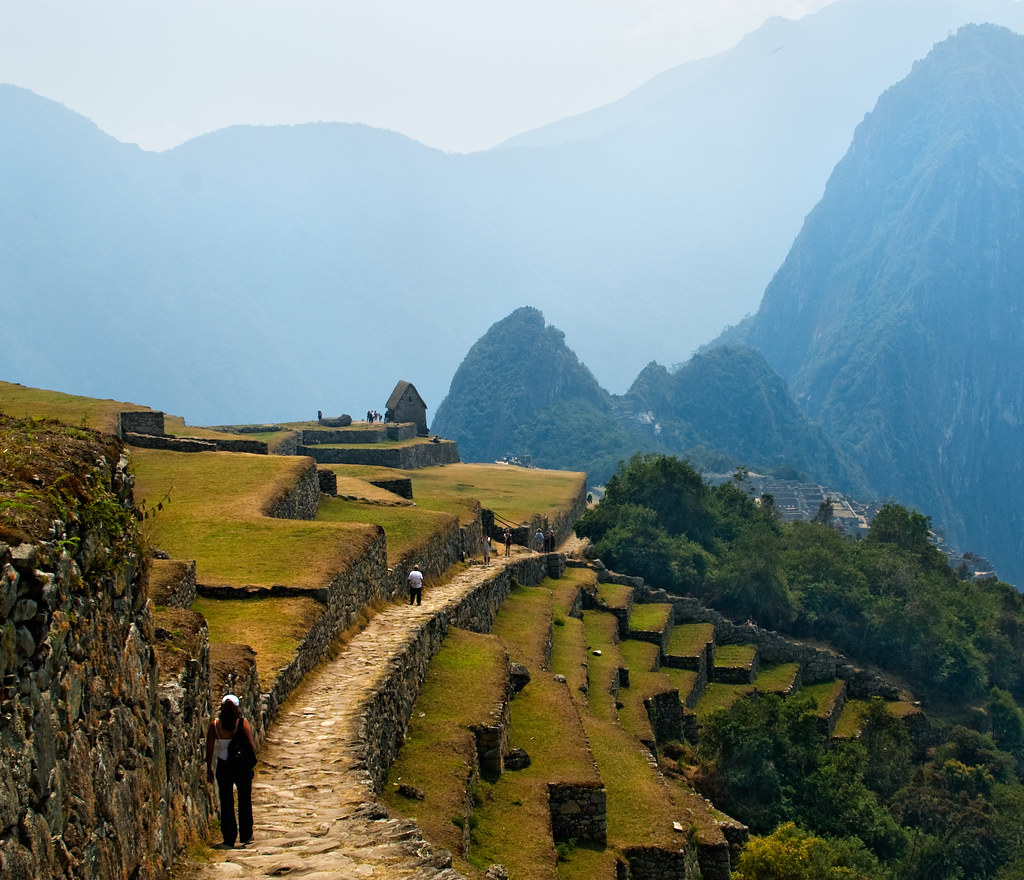
The legendary 26-mile Inca Trail stands as perhaps the most iconic trek in South America, drawing thousands of American hikers annually to follow in the footsteps of ancient Incan civilization. This four-day journey winds through cloud forests, alpine tundra, and subtropical jungle before culminating at the Sun Gate with the unforgettable first glimpse of Machu Picchu at dawn. What makes this hike particularly special is the combination of challenging mountain passes—including the infamous 13,828-foot Dead Woman’s Pass—with archaeological sites accessible only by foot. The Peruvian government’s strict permit system (limited to 500 hikers daily, including guides and porters) means Americans must book months in advance, particularly for the popular May-September dry season when clear skies maximize those postcard-perfect photos of the ancient citadel.
Tour du Mont Blanc, France/Italy/Switzerland
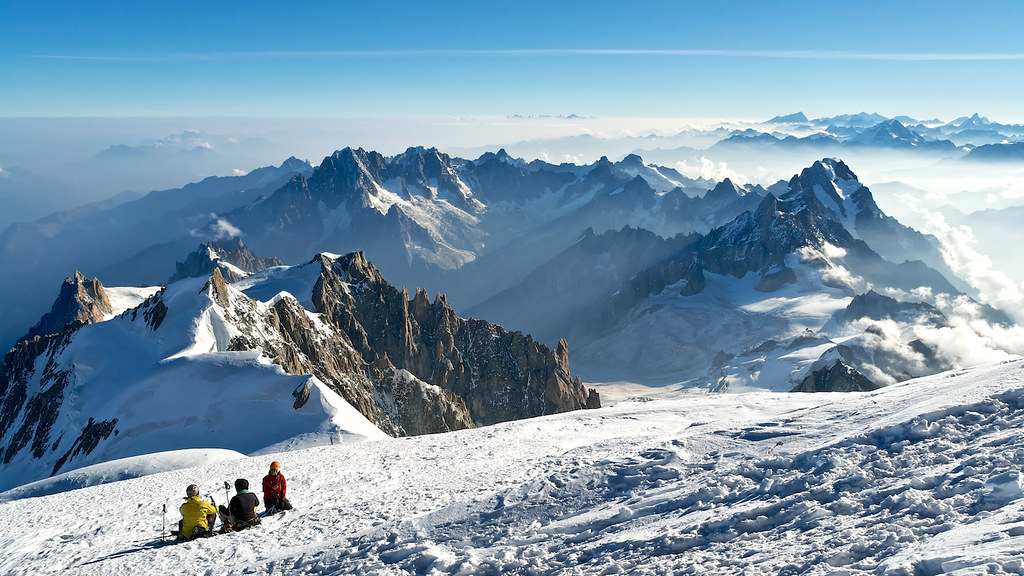
Circling the Mont Blanc massif across three countries, this 105-mile alpine odyssey attracts Americans seeking European hiking at its finest without requiring technical mountaineering skills. The complete circuit typically takes 7-11 days, passing through picturesque villages where hikers can enjoy comfortable accommodations and exceptional cuisine—a welcome contrast to the camping-oriented treks of North America. Hikers traverse high mountain passes with panoramic views of glaciers, alpine meadows carpeted with wildflowers, and the imposing presence of Western Europe’s highest peak (15,774 feet) always dominating the horizon. The trail’s infrastructure of mountain huts (refuges) means Americans can pack lighter than for wilderness treks back home, while the cultural immersion—moving from French to Italian to Swiss customs and cuisine in a single journey—adds a dimension rarely found in U.S. hiking experiences.
Milford Track, New Zealand
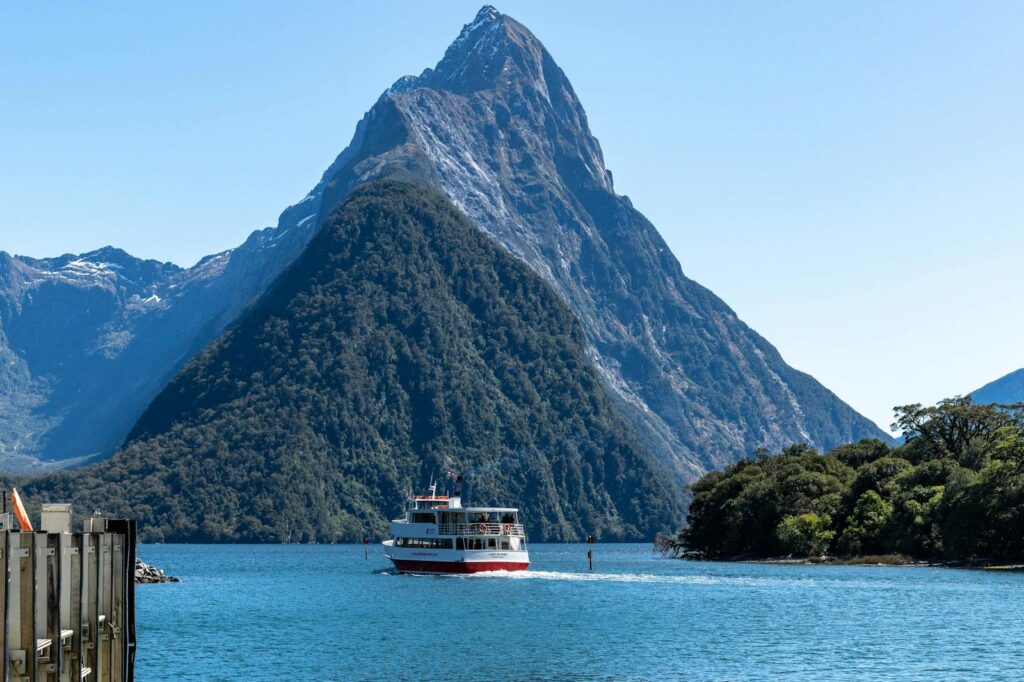
Often called “the finest walk in the world,” this 33.5-mile journey through New Zealand’s Fiordland National Park has become a pilgrimage for American hikers seeking pristine wilderness and otherworldly landscapes. The four-day, three-night guided trek (or independent walk if you prefer) traverses temperate rainforest, sub-alpine zones, and glacier-carved valleys that showcase the raw beauty that made New Zealand famous as Middle Earth in film adaptations. Sutherland Falls, New Zealand’s tallest waterfall at 1,904 feet, serves as just one of countless highlights along a route known for its remarkable ecological diversity and frequently misty, mystical atmosphere. The strictly controlled permit system means Americans must book nearly a year in advance for the prime hiking season (October-April), but the reward is experiencing one of the world’s most meticulously preserved wilderness trails with relatively small crowds.
Kilimanjaro Summit, Tanzania
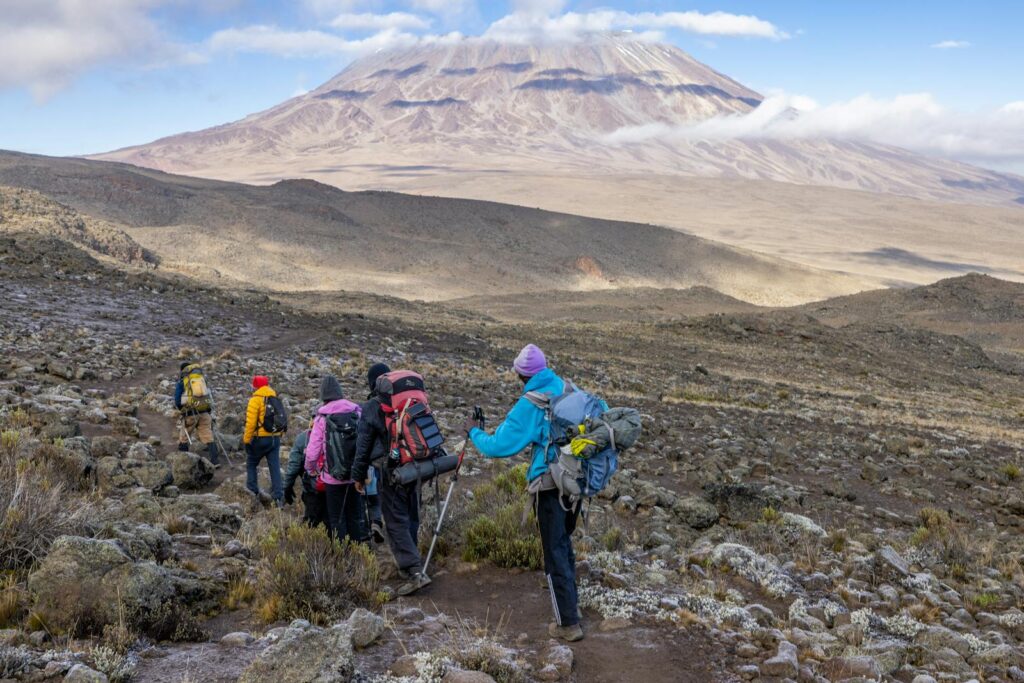
As Africa’s highest peak and the world’s tallest free-standing mountain, Kilimanjaro offers American hikers the rare opportunity to reach 19,341 feet without technical climbing equipment. The multi-day journey (typically 5-9 days depending on the route) traverses five distinct ecological zones, from rainforest to alpine desert before culminating in the arctic conditions of the summit zone. For many Americans, the Machame Route (nicknamed the “Whiskey Route”) has become the preferred path, offering better acclimatization and higher success rates than the more direct Marangu Route. The final push to Uhuru Peak typically begins around midnight, with hikers reaching the summit at dawn to witness the curved shadow of the mountain stretching across the plains of Tanzania below—a transformative moment that explains why this trek remains on so many American bucket lists despite its physical demands and altitude challenges.
Torres del Paine W Trek, Chile
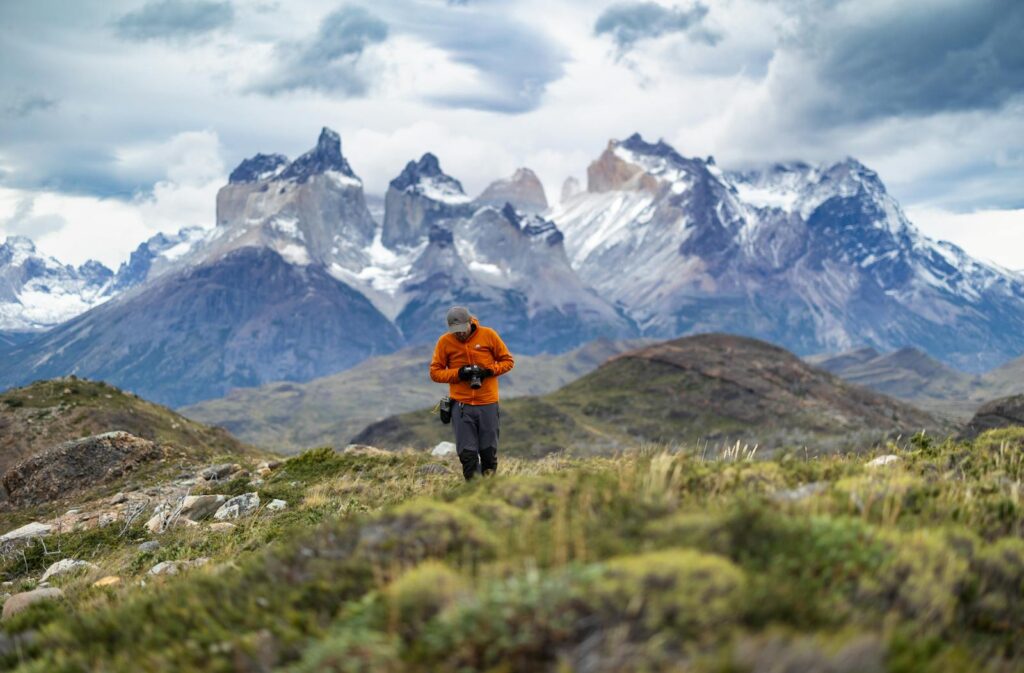
Patagonia’s crown jewel trek has seen an explosion in popularity among American hikers, drawn by photographs of the iconic granite spires rising dramatically from the Southern Patagonian Ice Field. The W-shaped route (roughly 50 miles over 4-5 days) takes hikers through diverse landscapes including emerald lakes, massive glaciers, golden pampas, and dense forests, with each day offering distinctly different experiences and challenges. The route’s three main highlights—Valle del Francés (French Valley), Base of Torres, and Glacier Grey—create natural destinations for each day’s journey, with comfortable refugios providing shelter from Patagonia’s notoriously unpredictable weather. Americans particularly appreciate that this world-class trek can be completed without camping (though tent options exist), and the increasingly good infrastructure makes it accessible to experienced hikers without specialized mountaineering skills despite its remote location at the southern tip of South America.
Everest Base Camp Trek, Nepal
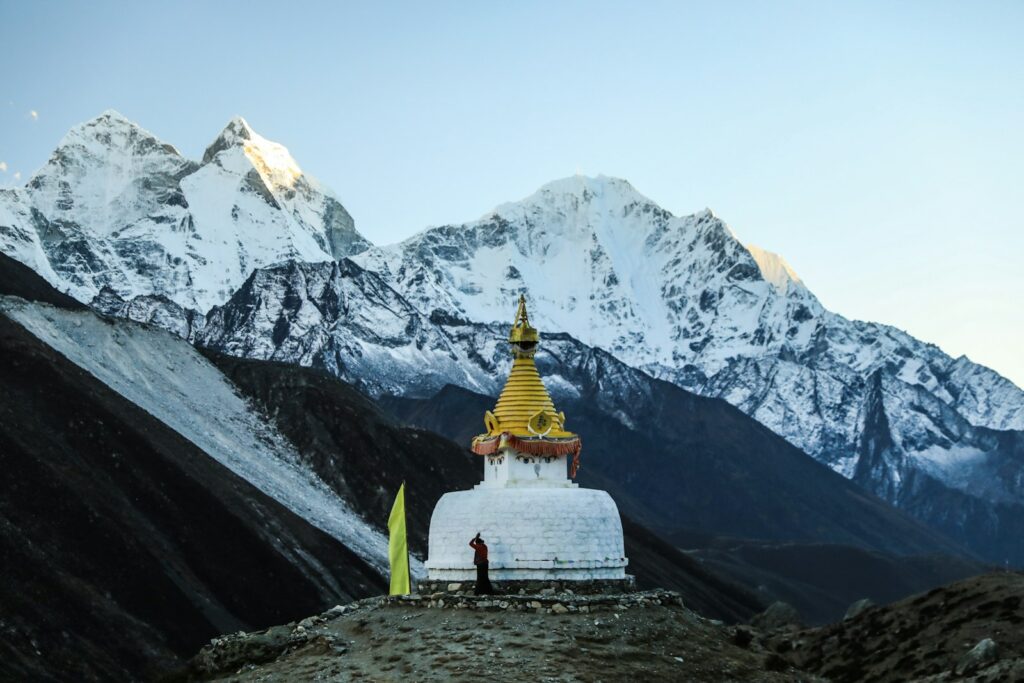
Following in the footsteps of mountaineering legends, the trek to Everest Base Camp allows American hikers to experience the majesty of the Himalayas without attempting the summit itself. The standard route from Lukla covers approximately 80 miles round-trip and typically takes 12-14 days, with gradual ascent helping trekkers acclimatize to the 17,600-foot elevation at Base Camp. Beyond the thrill of seeing Mount Everest up close, the journey offers immersion in Sherpa culture, with overnight stays in teahouses providing authentic local meals and insights into Buddhist traditions in remote mountain villages. The increasingly accessible nature of this trek (despite its high altitude) has made it particularly popular among Americans seeking adventure travel that combines physical challenge with cultural immersion, though the 2015 earthquake and subsequent rebuilding have reminded travelers of both the fragility and resilience of this iconic region.
West Coast Trail, Vancouver Island, Canada
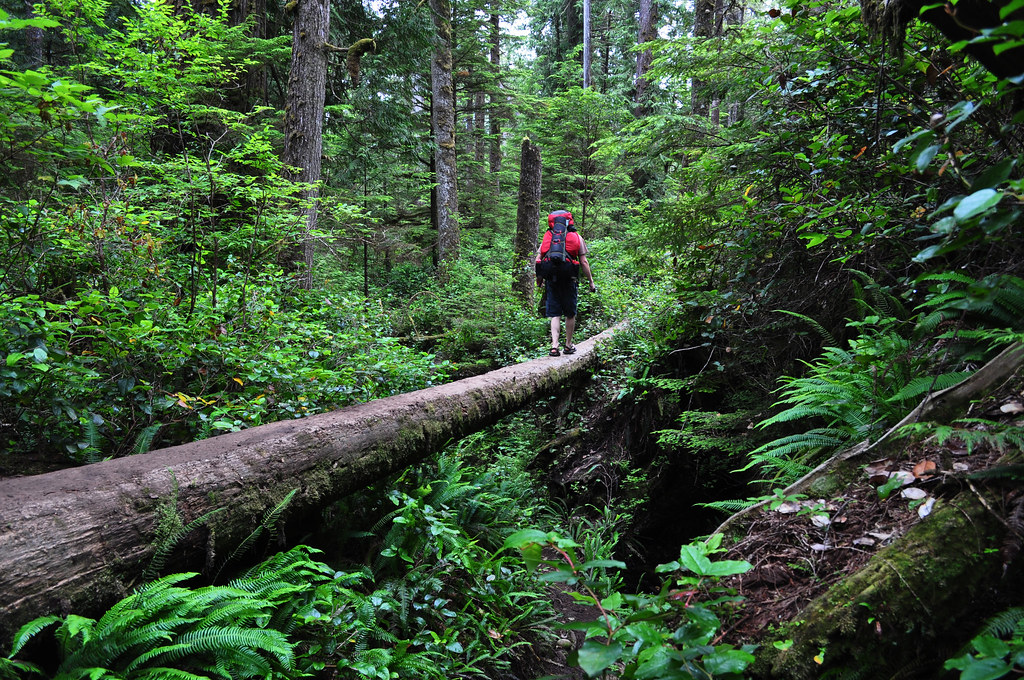
This rugged 47-mile coastal trail through Pacific Rim National Park offers American hikers a perfect blend of challenging terrain and extraordinary natural beauty just north of the border. Originally constructed as a lifesaving trail for shipwreck survivors along this treacherous coastline, today’s hikers negotiate more than 100 ladders, several cable cars, and numerous creek crossings while traversing temperate rainforest, sandstone cliffs, and spectacular beaches. Tide tables become essential reading, as certain sections are passable only during low tide, adding an element of planning and timing rarely encountered on other famous treks. The trail’s popularity among Americans stems partly from its accessibility (no international flights required for many West Coast hikers) and partly from its unique combination of physical challenge and stunning coastal scenery, including opportunities to spot gray whales, sea lions, and bald eagles against a backdrop of crashing Pacific waves.
Haute Route, France/Switzerland
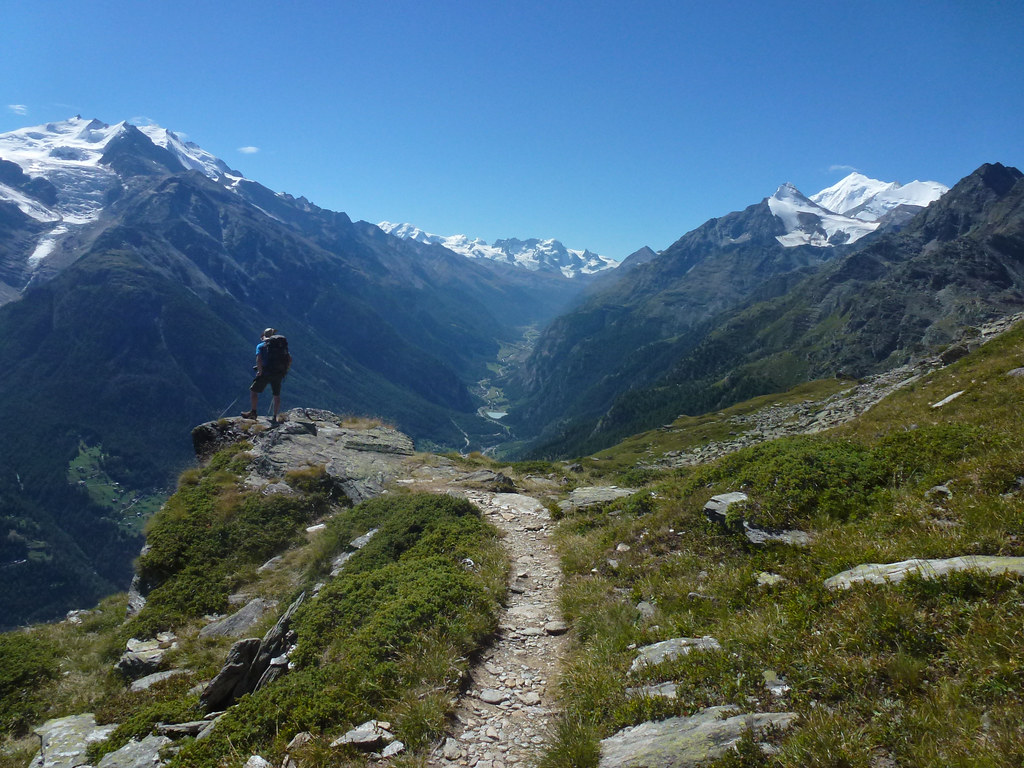
For Americans seeking alpine grandeur without the crowds of more famous European treks, the Haute Route (High Route) delivers an unforgettable 112-mile journey from Chamonix, France to Zermatt, Switzerland. Originally established as a mountaineering route in the mid-19th century, today’s hiking version traverses 11 passes over 2,000 meters, offering spectacular views of iconic peaks including Mont Blanc and the Matterhorn. Unlike many wilderness treks, this route combines challenging high-altitude hiking with the comforts of charming Alpine villages where hikers can enjoy private rooms, hot showers, and exceptional regional cuisine at the end of demanding days. The cultural transition from French to German-speaking Switzerland adds another dimension to the 10-14 day journey, while the final approach to Zermatt with the perfect pyramid of the Matterhorn dominating the horizon provides a fitting conclusion to what many American hikers describe as the ultimate Alpine experience.
Kalalau Trail, Hawaii

The only land access to Hawaii’s legendary Na Pali Coast, this 22-mile round-trip trail along Kauai’s northwestern shore represents one of the most coveted hiking permits in America. The trail hugs towering sea cliffs, dips into lush valleys, and crosses five major streams before reaching the isolated Kalalau Beach, accessible only by foot or by sea. Narrow paths with steep drop-offs to the Pacific Ocean below create heart-pounding moments, particularly at infamous “Crawler’s Ledge” where the trail narrows to just a few feet wide with hundreds of feet of exposure. The challenging nature of this trek, combined with strict permit limitations (overnight permits often sell out the moment they become available) and the reward of camping on a pristine beach beneath towering emerald cliffs, creates an almost mythical status among American hikers seeking adventure without leaving U.S. territory.
The Narrows, Zion National Park, USA
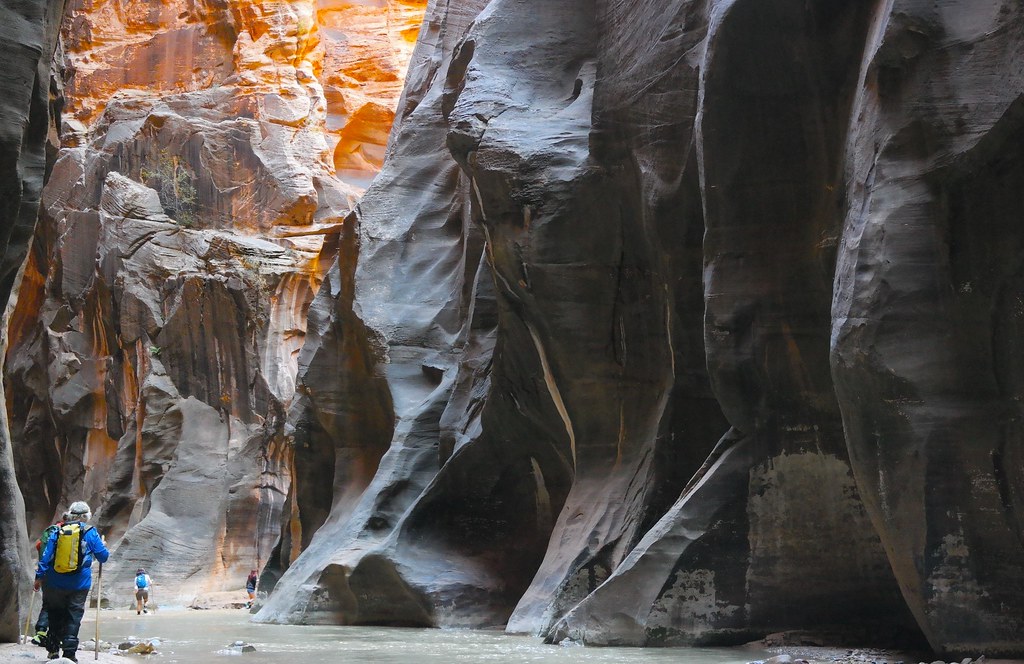
While not an international destination, The Narrows consistently ranks among Americans’ most desired hiking experiences for its unique nature as a wade/hike through the Virgin River where towering sandstone walls narrow to just 20 feet apart. The most ambitious approach is the 16-mile top-down route from Chamberlain’s Ranch, requiring a permit, shuttle logistics, and typically an overnight stay in the canyon. Most American hikers opt for the bottom-up day hike, which offers the flexibility to venture as far as Big Spring (10 miles round-trip) before returning to the Temple of Sinawava trailhead. What makes this hike particularly compelling is the ever-changing interplay of light on the canyon walls as the sun moves across the sky, creating a photographer’s dream of golden reflections on rushing water between soaring red rock walls reaching up to 1,000 feet high. The refreshing nature of wading through knee to waist-deep water makes this a perfect summer adventure when many other desert hikes become dangerously hot.
Tongariro Alpine Crossing, New Zealand
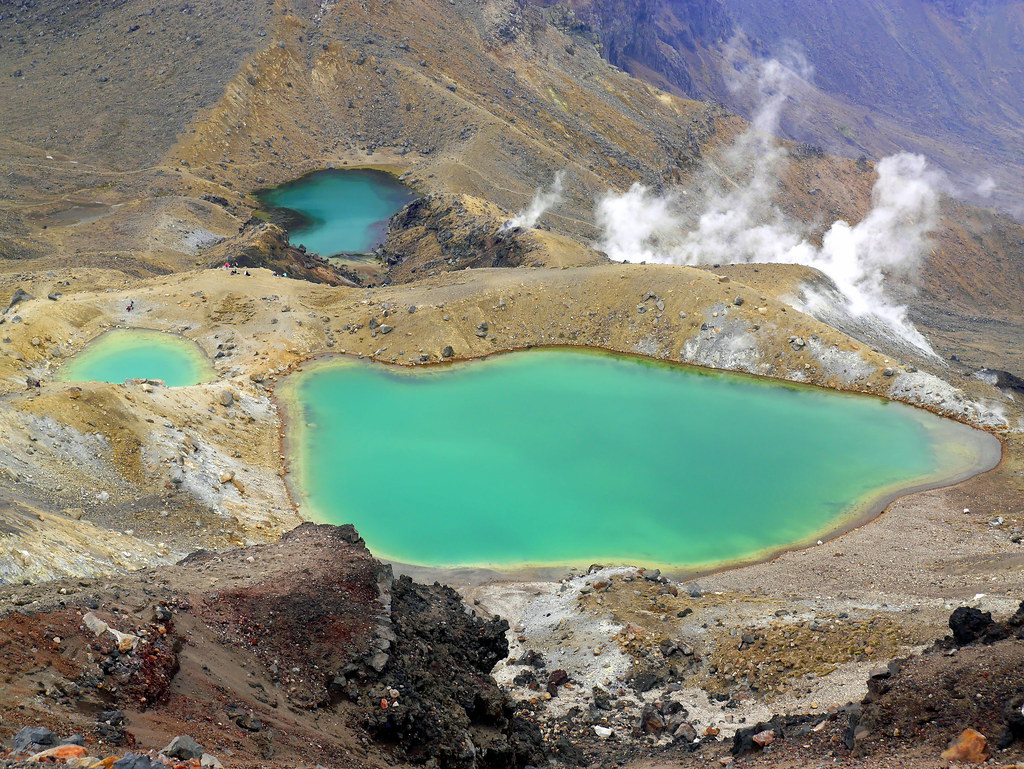
Frequently cited as New Zealand’s best day hike, this 12-mile journey across a volcanic landscape offers American hikers the chance to traverse terrain that feels genuinely otherworldly. The trail winds past active volcanic craters, brilliantly colored emerald lakes, ancient lava flows, and steaming vents that demonstrate the living, breathing nature of this geologically dynamic environment. Mount Ngauruhoe (featured as Mount Doom in The Lord of the Rings films) dominates the landscape, while the views from Red Crater across the Central Plateau showcase North Island’s dramatic topography. Despite being manageable in a single day, the crossing presents significant challenges, including unpredictable alpine weather and sections of loose scree, explaining why many Americans consider this a more adventurous experience than most day hikes back home. The volcanic setting creates landscapes that simply don’t exist in North America, making this a uniquely compelling destination for hikers who want to experience something genuinely different from what they can find domestically.
Camino de Santiago, Spain
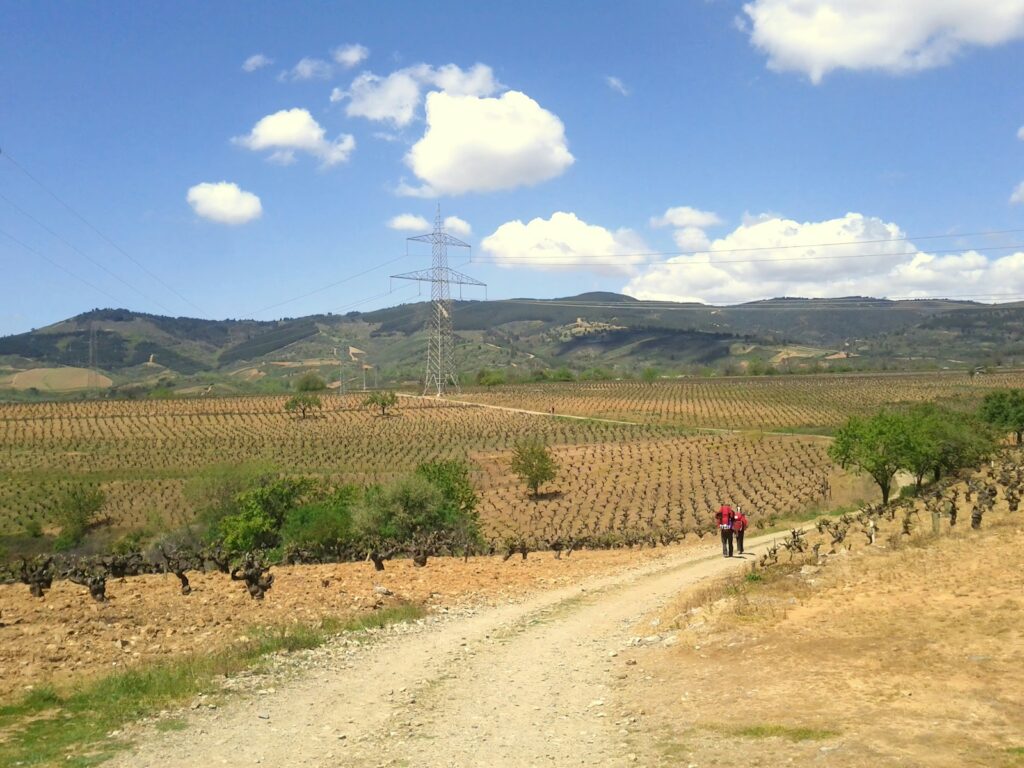
More pilgrimage than wilderness trek, the Camino de Santiago has experienced a surge in popularity among Americans seeking a hiking experience that combines physical challenge with cultural immersion and spiritual reflection. The most popular route, the Camino Francés, stretches 500 miles from Saint-Jean-Pied-de-Port in France across northern Spain to Santiago de Compostela, typically taking 30-35 days to complete. Unlike remote wilderness treks, the Camino passes through countless Spanish villages, towns, and cities, with affordable albergues (pilgrim hostels) providing accommodations every few miles. American hikers often cite the camaraderie among international pilgrims and the immersion in Spanish culture—particularly the food and wine—as highlights equal to the physical achievement and the architectural wonders encountered along the way. For many, the Camino represents a different kind of bucket list hike—one focused on human connection and historical context rather than natural splendor, though the landscapes of northern Spain offer plenty of scenic beauty as well.
Overland Track, Tasmania, Australia
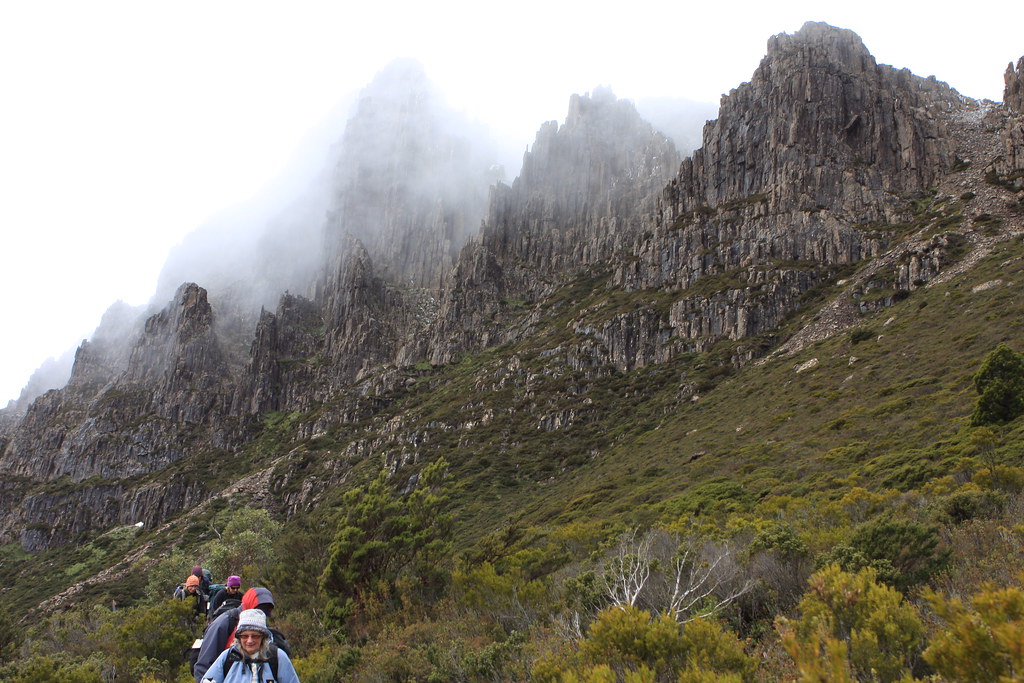
Tasmania’s premier hiking experience offers Americans a 40-mile, six-day journey through the heart of the Cradle Mountain-Lake St Clair National Park, showcasing some of the most pristine temperate wilderness remaining on the planet. The well-maintained track traverses dolerite mountains, ancient rainforests, alpine plateaus, and glacial valleys while offering side trips to summits including Tasmania’s highest peak, Mount Ossa (5,305 feet). The track’s hut system provides welcome shelter from Tasmania’s notoriously changeable weather, though many international visitors opt to carry tents for additional flexibility. What makes this trek particularly appealing to American hikers is the opportunity to encounter uniquely Australian wildlife—including wombats, platypuses, and Tasmanian devils—in their natural habitat, combined with the bragging rights of completing one of the Southern Hemisphere’s most celebrated wilderness walks. Despite requiring a significant journey to reach Tasmania, the track’s reputation for pristine ecosystems and effective management (with a permit system limiting hikers during peak season) continues to attract Americans seeking adventure in the Antipodes.
Laugavegur Trail, Iceland
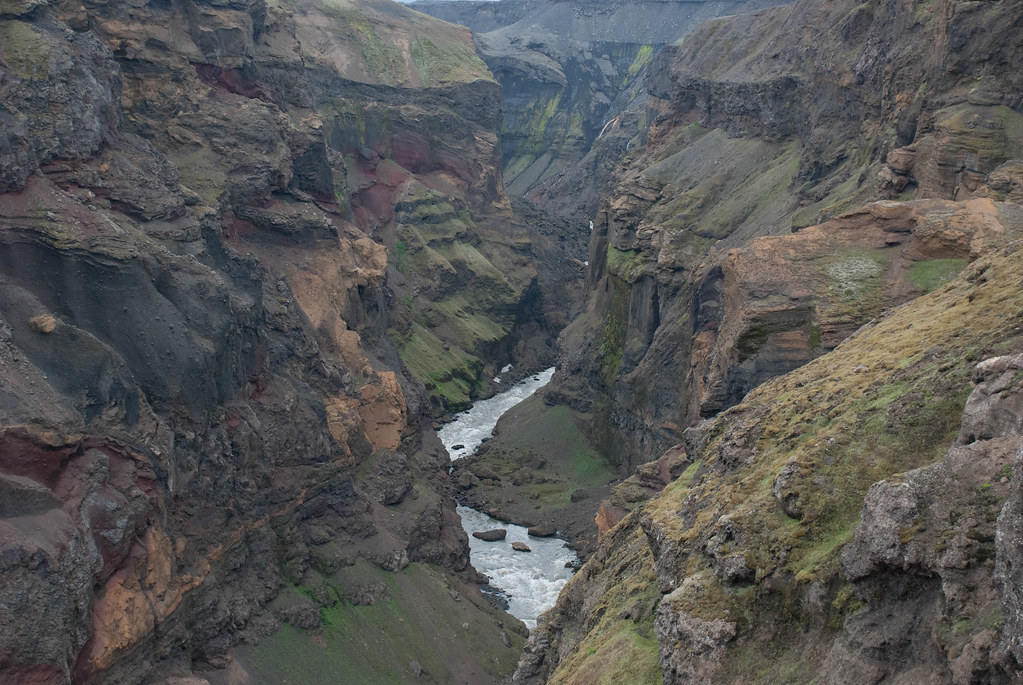
Iceland’s otherworldly landscapes have catapulted this 34-mile trail to the top of many American hikers’ bucket lists in recent years. The four-day trek between Landmannalaugar and Þórsmörk (often extended to Skógar for a total of six days) traverses a stunning variety of terrain, including rhyolite mountains, black sand deserts, glacial rivers, and verdant valleys that showcase Iceland’s geological youth and volcanic activity. Hikers cross fields of steaming vents, navigate obsidian lava flows, and ford glacial rivers while witnessing a color palette unlike anywhere else on Earth—from the vibrant geothermal-stained mountains of Landmannalaugar to the stark black sand plains of Mælifellssandur. The midnight sun during summer hiking season allows for flexible hiking hours, while the network of mountain huts provides shelter from Iceland’s frequently challenging weather. For Americans, the relative proximity (a shorter flight than to Europe proper) combined with the alien landscapes that can’t be found in North America makes this trek particularly appealing despite its growing popularity and the need to book huts months in advance.
Cinque Terre Coastal Trail, Italy
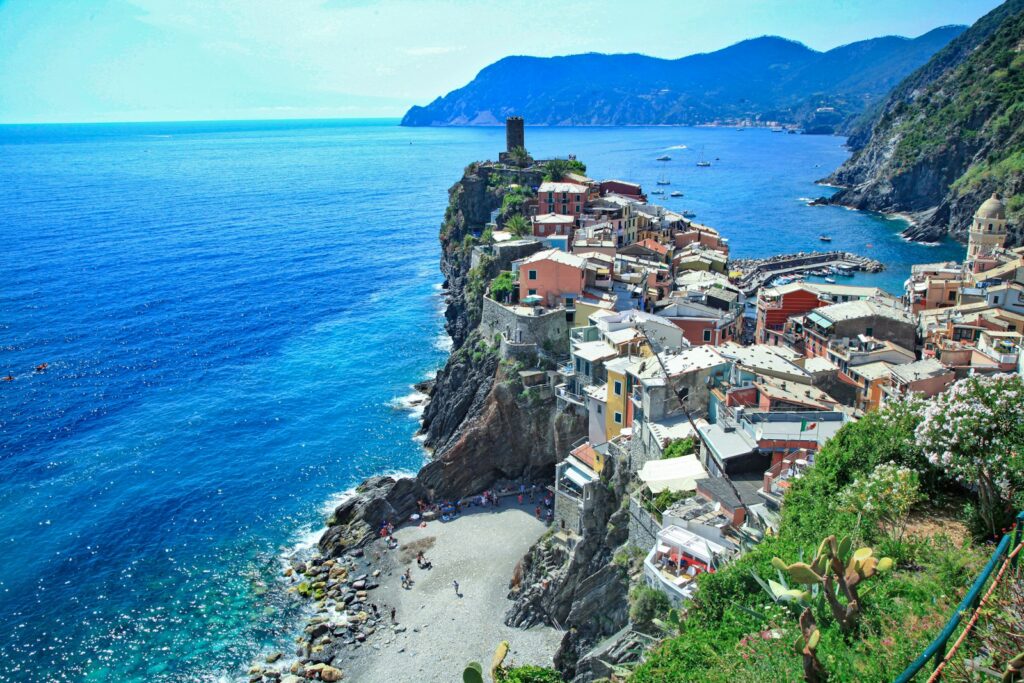
Combining cultural immersion with spectacular Mediterranean views, the network of trails connecting the five colorful fishing villages of Italy’s Cinque Terre represents a different kind of bucket list hike for Americans seeking to blend outdoor activity with European charm. The classic Blue Path (Sentiero Azzurro) linking all five villages covers just 7.5 miles but packs remarkable diversity into a relatively short distance, with sections ranging from easy paved promenades to challenging steps and narrow paths cut into steep hillsides. Unlike wilderness treks, this hike allows participants to stop for authentic Italian meals, local wines, and gelato between segments, with the option to use regional trains to customize the day’s distance. While some trail sections have faced closure due to landslides in recent years, the network of higher routes provides alternatives with even more dramatic views of the terraced vineyards and the azure Ligurian Sea below. For many Americans, this represents the perfect “gateway” hiking experience—challenging enough to feel accomplished but accessible enough for those who might be intimidated by more remote wilderness treks.
These fifteen remarkable trails represent just a fraction of the world’s hiking opportunities, but they consistently rank among the most coveted experiences for American outdoor enthusiasts. What unites them is their ability to offer something beyond what can be found within U.S. borders—whether that’s the cultural dimensions of the Camino de Santiago, the ancient history along the Inca Trail, or the otherworldly landscapes of Iceland and New Zealand. As international travel becomes increasingly accessible and hiking continues to grow in popularity, these bucket list treks provide not just physical challenges but transformative experiences that connect hikers with diverse landscapes, cultures, and ecosystems across the globe. Whether you’re planning your first international hiking adventure or adding to an already impressive trekking resume, these fifteen trails offer experiences that will create lasting memories and forever change how you view both the natural world and your place within it.

